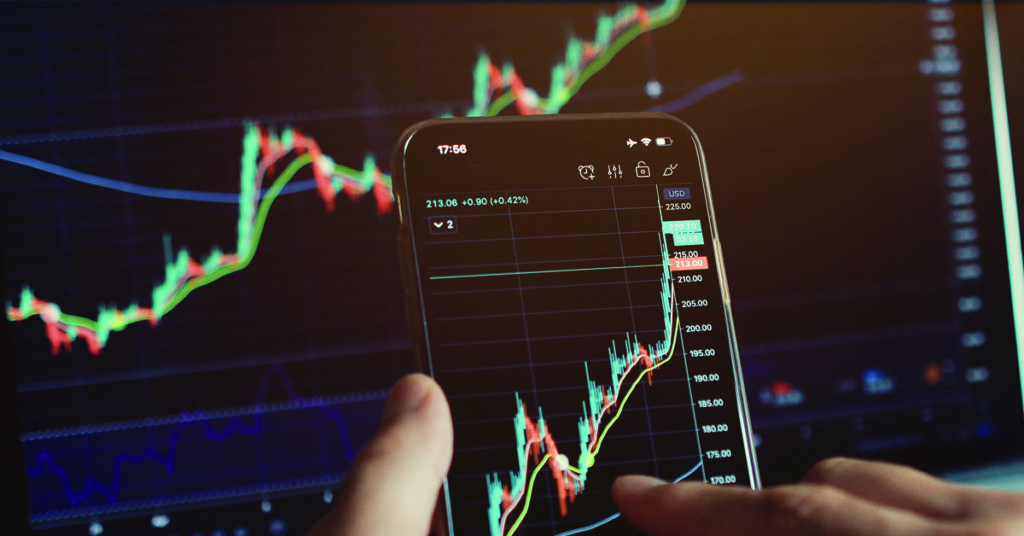How to measure the US Economy

The U.S. economy can be analyzed and understood through several key economic indicators, including Gross Domestic Product (GDP), the Consumer Price Index (CPI), and the unemployment rate. These indicators provide valuable insights into the overall health and performance of the economy.
Gross Domestic Product (GDP):
- GDP is one of the most important economic indicators and measures the total value of all goods and services produced within a country’s borders during a specific period, typically a quarter or a year.
- It is often used as an indicator of the overall economic health and size of an economy.
- The U.S. GDP can be divided into four main components: consumption (C), investment (I), government spending (G), and net exports (exports – imports).
- A growing GDP is generally seen as a sign of economic prosperity, while a declining GDP can signal economic contraction or recession.
Consumer Price Index (CPI):
- The CPI is a measure of inflation, which tracks the average change in prices that consumers pay for a basket of goods and services over time.
- It is calculated by comparing the current prices of a predefined basket of goods and services to the prices of the same basket in a base year.
- The CPI is a crucial tool for assessing changes in the cost of living and the purchasing power of consumers.
- Moderate inflation is generally considered healthy for an economy, as it encourages spending and investment. However, excessive inflation can erode purchasing power and disrupt economic stability.
Unemployment Rate:
- The unemployment rate measures the percentage of the labor force (those actively seeking employment) that is currently without a job.
- It is a key indicator of the health of the labor market and the overall economy.
- A lower unemployment rate is typically associated with a stronger economy, as it suggests more people are employed and earning income.
- A higher unemployment rate can indicate economic challenges, such as a recession or labor market issues.
These three indicators are interrelated:
- A growing GDP can contribute to job creation and lower unemployment rates. When the economy is expanding, businesses tend to hire more workers to meet increased demand for goods and services.
- Inflation, as measured by the CPI, can affect the purchasing power of consumers and the overall cost of living. High inflation can erode the real value of wages and savings, potentially impacting unemployment rates if businesses cut back on hiring.
- Unemployment rates can, in turn, influence consumer spending and overall economic activity. High unemployment can lead to reduced consumer confidence and spending, which may impact GDP growth.
Policymakers, economists, and investors closely monitor these indicators to make informed decisions about economic policy, investments, and business strategies, as they provide valuable insights into the overall performance and stability of the U.S. economy.





Responses